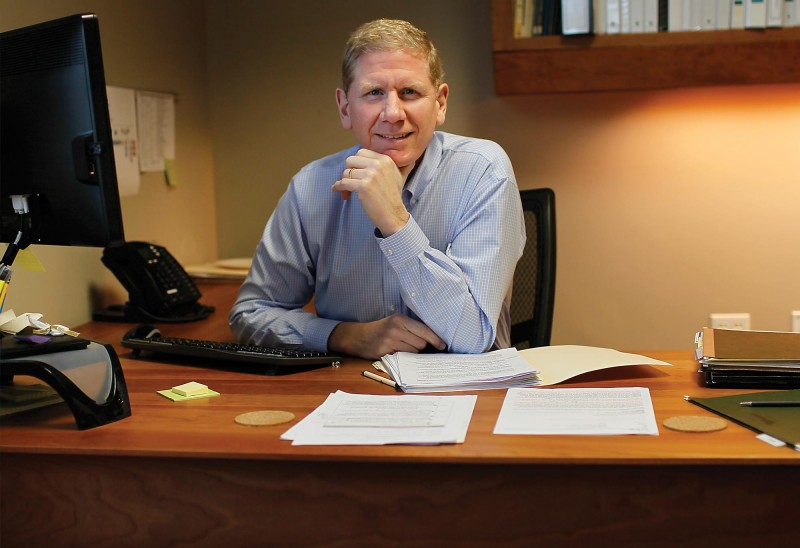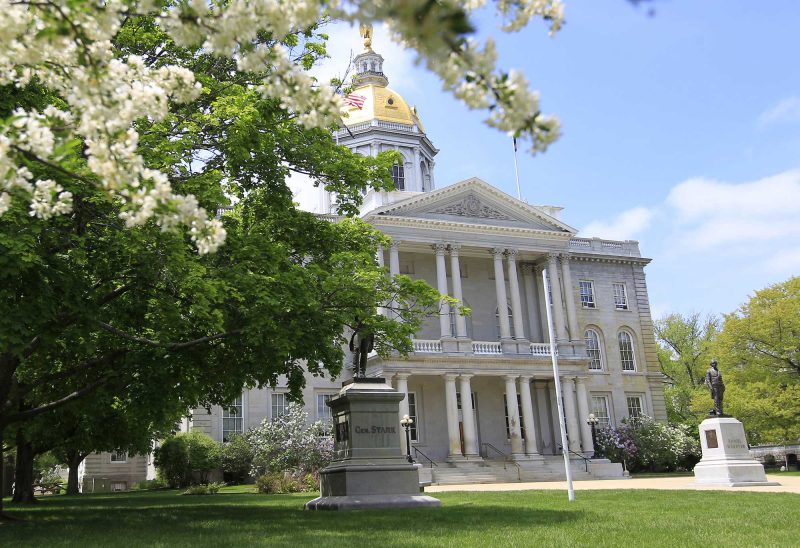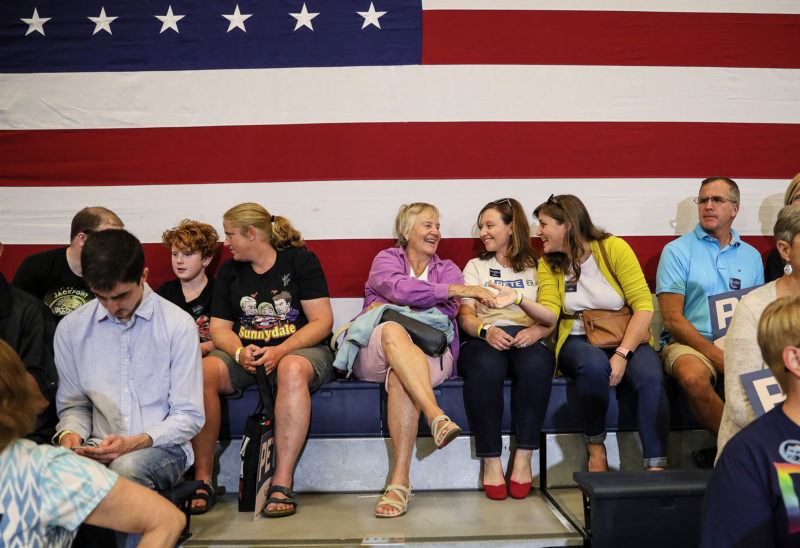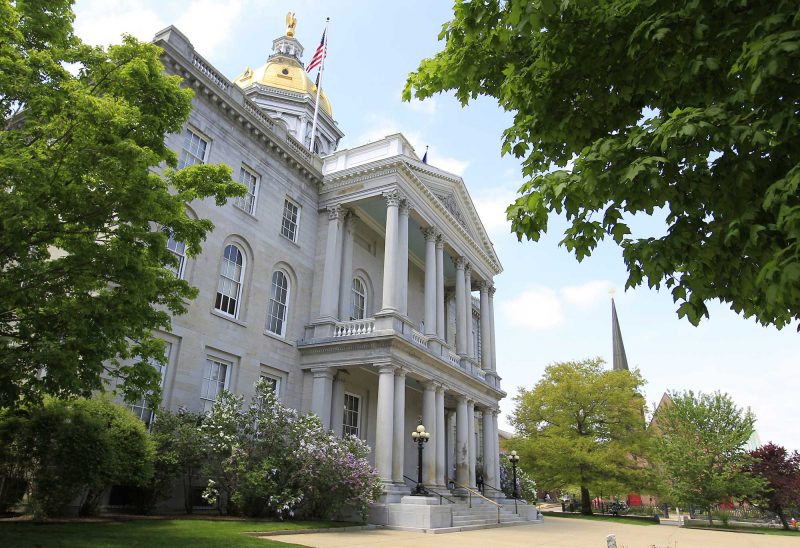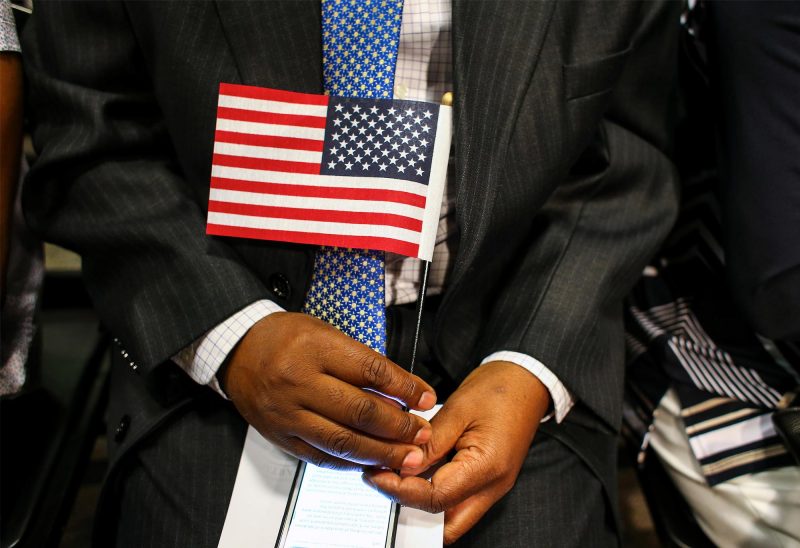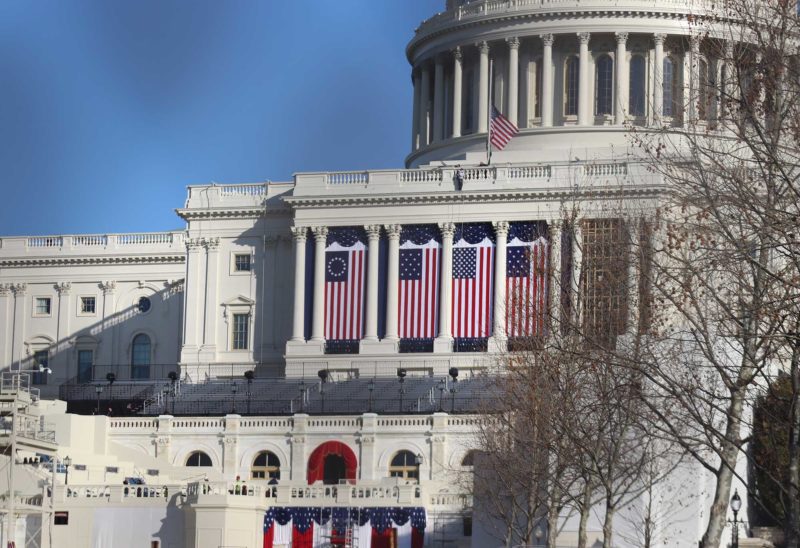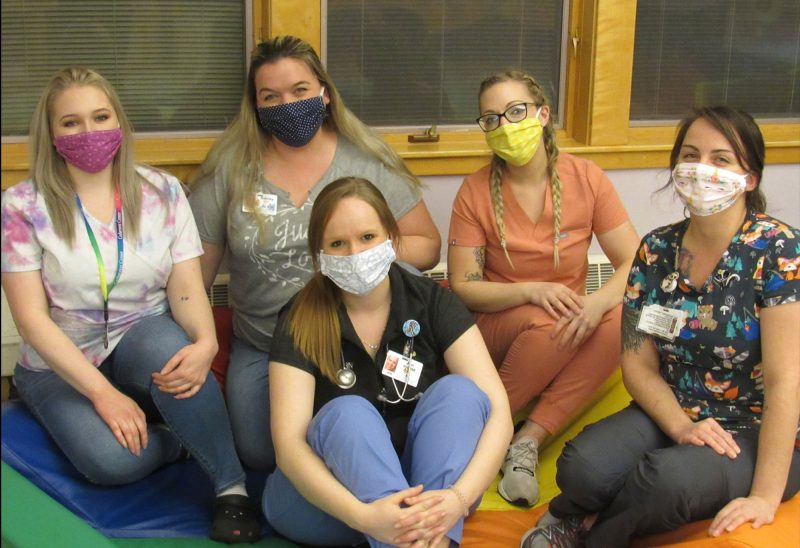I didn’t know a lot when I was 12, but I knew this: New Hampshire would be my home. My love for this place was kindled when I was three years old, camping with my family on land our great-great grandfather passed down to us. It took hold over endless summers, deepened in my years at Plymouth State, shaped my nonprofit career.
I love that Peterborough is home to the nation’s first public library. That we have cold lakes and high mountains and working farms. That my friends include loggers and lawyers, and some of them dress pretty much alike. That we have thriving businesses in restored woolen mills. That my town of 1200 souls includes scores who serve in elected and appointed and volunteer positions. That my favorite falling-asleep trick is to name as many New Hampshire towns as I can, alphabetically and backwards. Wolfeboro. Wilton. Weare. Washington…
As with any love, a relationship with place demands seeing its shortcomings as well as its strengths. I found myself thinking of both recently when I was asked to speak at the New Hampshire Forum on the Future. In this case, the “future” meant the next year — the forum was titled “What’s Ahead for New Hampshire in 2018.” One of the most empowering and humbling things about the Charitable Foundation is that we cannot think in terms of one year, or even two, or five. Most of the funds entrusted to us are perpetual — to help the state meet challenges not just this year or the next, but generations from now. So in Harper’s “Index” fashion, I talked about some of the numbers that are shaping our thinking not only for 2018, but for the longer term:
44,000: The number of New Hampshire kids who qualify for free and reduced-price lunch (to qualify, a family of four must have an income of $45,510 or less). This is more than the entire population of Concord. This number has doubled since 2000.
Minus 29%: Decline in the number of students who will graduate from New Hampshire high schools between now and 2032.
60: Percentage of high school graduates who go to college out of state, making New Hampshire the leading exporter of college-bound kids in the country.
9%: The percentage of residents who identify as non-white. While we’re still the third-whitest state, our minority population has nearly doubled since 2000, enriching communities with tradition and knowledge and experience.
40: Percentage of foreign-born New Hampshire residents who have college degrees. That compares with 25 percent of those born in New Hampshire.
#3: New Hampshire’s rank, among the 50 states, in opioid overdoses per capita. (While we remain near the bottom in funding for and access to treatment.)
7,500: Number of people per quarter in New Hampshire who are getting treatment for substance use disorders under the New Hampshire Health Protection Program — commonly referred to as “Medicaid expansion.”
39: The percentage of likely New Hampshire voters in 2018 who are registered “undeclared” (28 percent are Democrats, 25 percent are Republicans, and seven percent are not yet registered.)
16.7: Percentage of the state’s workforce employed in the nonprofit sector — doing everything from feeding the hungry to protecting the environment to caring for elders and helping the arts to thrive.
$34 million: Estimated decrease in the amount of charitable giving in New Hampshire as a result of recent changes to the tax code.
These numbers raise consequential questions:
What are we going to do to make sure that every young person in New Hampshire has the opportunity to reach their full potential, and stay here, so that they can become the adults who sustain our communities tomorrow?
How will we welcome new American neighbors into our neighborhoods, our places of work and worship, and our lives?
If Ebola or the flu were killing almost 500 Granite Staters every year, would our response be more vigorous than it is when opioids are taking the same toll? Will we make the investments of will and money needed to turn the tide?
As a politically purple state whose largest “party” is undeclared, will our deep traditions of pragmatic compromise and civil discourse overcome the national mood of hyper-partisanship and entrenched ideology?
And what will we do to strengthen the nonprofits that hold our communities together, and to support the dedicated social entrepreneurs who run them?
These trends and questions inform the Charitable Foundation’s “New Hampshire Tomorrow” initiative to increase opportunity for kids. They inform our support for efforts to welcome new Americans; to spur the systemic changes needed to combat the state’s alcohol and drug crisis; to encourage greater civic engagement and strengthen the nonprofit sector. We are one part of a broad network for good that is addressing these critical issues.
And here’s the great thing about “What are we going to do about it?”: It is a question that unites us.
Identifying a problem and working together to solve it is one of our profound strengths in New Hampshire — a place where our politics and our communities are notably less polarized than in many other regions of the country. Chalk this up to our Town Meeting tradition, or our citizen legislature, or Yankee pragmatism, but for whatever combination of reasons, it is powerful force for good.
It will take unflagging community effort — from people and organizations and institutions committed to working together on behalf of this place we love — to answer each of the “what-are-we-going-to-do-about-it?” questions that these trends raise. Yes, we have significant challenges. But I am optimistic about our chances. Because in New Hampshire, “community effort” is not just in our wheelhouse. It is what our wheelhouse is made of.
And that’s another thing I love about this place.
Sources: Independent Sector, Tax Policy Center; KidsCount 2017; National Council on Nonprofits; New Futures; New Hampshire Center for Public Policy Studies; New Hampshire Department of Education; PolEcon Research; United States Census Bureau;United States Department of Education, National Center for Education Statistics;University of New Hampshire Carsey School of Public Policy;Western Interstate Commission for Higher Education.

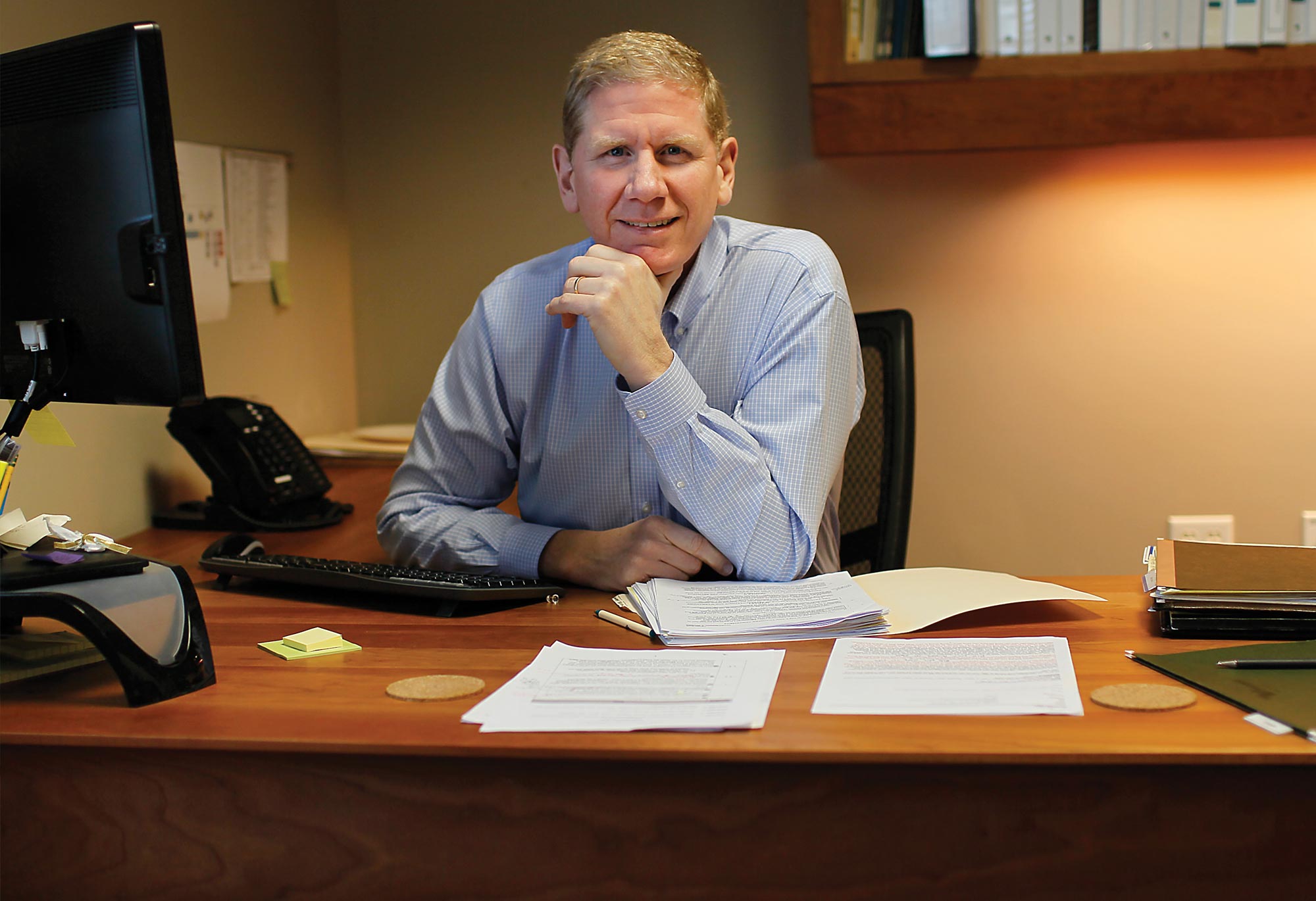






![Charitable Foundation President Dick Ober [Photo by Cheryl Senter]](https://www.nhcf.org/wp-content/uploads/2023/12/dick-ober-purpose-fall-winter-2023-800x548.jpg)
